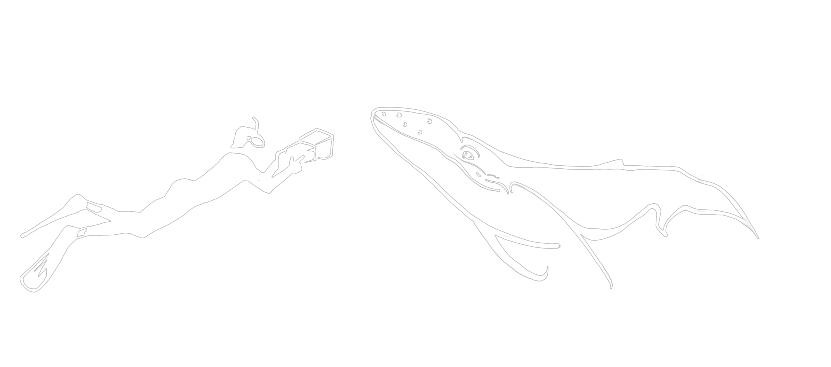Acoustics
Humpback whales are a very vocal species and are known for their song, which is pretty handy because even if we can’t be on the water, we can use acoustic data to detect their presence in Bermuda during their migratory crossing to and from their feeding/breeding grounds.
“Song of the Humpback Whale”, originally recorded off Bermuda in the 1950s by Frank Watlington, was the first recording of humpback whale song worldwide.
Since 1976 no one has studied their song in Bermuda and these more recent studies did not use long-term Passive Acoustic Monitoring (PAM) deployments that permit year-round data collection and acoustic detection of humpback whales.
WhalesBermuda deployed two PAM JASCO Sciences AMAR hydrophones between March and September 2018 on Challenger Bank and SW of the Bermuda platform and a third hydrophone on Challenger Bank between September 2018 and April 2019. Each of the three hydrophones recorded 29 min of every 60 to 75 min at a sampling rate of 16kHz for six months.
The 5417 hours of acoustic recordings were manually scanned for humpback whale sounds and for the minimum number of simultaneous singers encountered.
A spectrogram of whales singing on Challenger Bank 5th April 2018 at 01:40 am
One of the AMARs retrieved from the bottom on Challenger Bank, 15 miles off Bermuda after six months recording
Bringing the AMAR back up to the house from the dock before flying it back to JASCO Sciences in Halifax, Canada
Besides the AMARs we also use hand held hydrophones to ascertain the presence of humpbacks real time and to compare the latest song with the historical record.
WhalesBermuda
“Aerial footage of a ‘singer’. Sometimes we can hear the singers through the hull of the boat, as we did on this occasion.”



